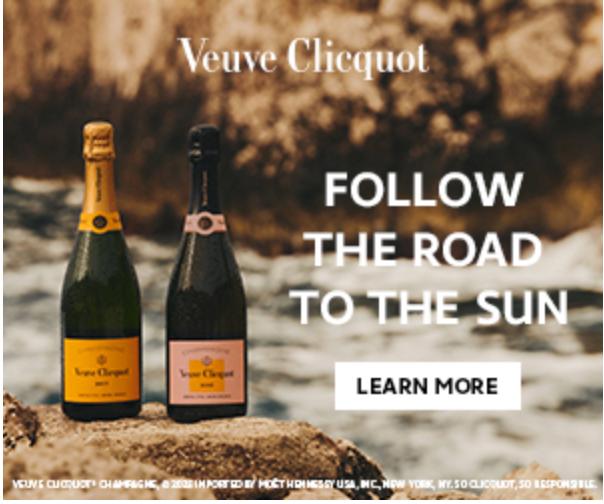Upgrading Your Home? – Your Best Mattress in 2023
Reviewed and revealed. Time for you to find your mattress in 2023. Most of us spend a third of our lives asleep. Science says it’s how we repair, recharge and dream. With hybrid work or work from home, we sometimes rest more. Some of us work from our bed.
You’re moving? You upgraded your house? Either way, it’s time for a new mattress. And a lot of changed since the old days of mattress shopping. Even if “the old days” was just 5 years ago.
Big changes. Real science upgrades depending on sleep position, body type, health conditions, body temperature, temperature of the room and flexibility, adaptability of all of these variables.
It’s a lot of decisions that you probably don’t want to research. You just want an awesome night’s sleep.
So we did the mattress research for you

What’s the best mattress overall?
Brooklyn Bedding’s Signature is pretty amazing. The Brooklyn Bedding Signature Hybrid is the brand’s flagship bed.
The mattress offers three firmness options, a strong steel coil foundation layer, a comfy “give” that rests your aching bones, strong and durable hybrid construction.
Their hybrid mattress (a bed made with coils and foam) offers a neutral-foam feel that’s more light and airy than traditional memory foam. It also offers improved edge support, thanks to a thick layer of pocketed coils with reinforced coils around the edges of its support bed.
Accommodating for all body types and even suits any sleeping position.
If you time it right (they have sales), it’s surprisingly affordable.
Price is usually closer to $1200, but with the right timing (discounts), you can sleep well for under $1000.

Best Mattress for Side Sleepers
Layla Hybrid mattress is special! Generations ago, flippable mattresses were popular and the Layla brand is bringing back the trend. So yes, it’s flippable and both sides offer different firmness levels – so yes, you have two choices to pick from to match your personal preference. One side is soft and pressure relieving while the other is firmer and more supportive.
Also, Layla’s primary comfort layers are made with copper-gel memory foam which helps regulate temperature, while the material feels ultra light and airy. This is more responsive than the foam’s traditional slow-bouncing nature.
The Layla Hybrid is ultra plush and soft. Indulgently comfortable. A. great choice for side sleepers of all body shapes and sizes.
The Layla Hybrid comes in a range of sizes: twin to California king sizes and prices range from $1,299 to $1,899.

Best Firm Mattress
The Saatva Classic offers both plush comfort with premium support. Its thick and supportive construction provides contouring that fits each of your body’s curves. Unique from most hybrid beds, it offers two coil layers (one innerspring layer and one pocketed coil layer), memory foam, Lumbar Zone Active Spinal Wire and a quilted, zoned pillow-top add to a luxury experience. Designed to promote comfort and spinal alignment.
The innerspring mattress hybrid construction is the magic behind why this bed is so supportive and firm.
The Saatva Classic’s special lumbar technology is designed to keep your spine aligned while comforting your shoulders and hips.Also allows you to choose how firm you want your firm bed to be.
The Saatva Classic comes in sizes twin XL to split California king and prices range from $887 up to $2,296.





Very helpful. Been researching and this is great